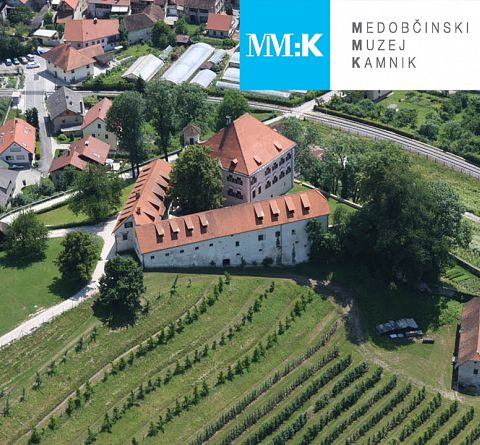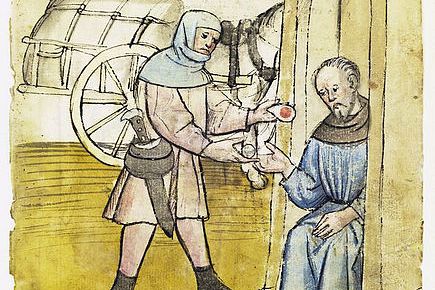What is a medieval toll?
At the end of the 12th and the beginning of the 13th century, Kamnik was created and developed along one of the most important traffic routes, which connected the eastern and western part of Slovenian territory, the Pannonian and coastal worlds, playing a decisive role in the introduction of this so called “forced” trade routes landlords, Counts of Andechs. This brought them a number of nice incomes.
Even their successors, the Habsburgs, who took Kamnik into their own hands as early as 1278, did not change this. Thus, from the 15th century onwards, a toll was introduced, as a traffic tax collected on various types of goods at the crossing of a toll station, on arrival in a town or market settlement, or on sale at a market or fair. The toll booths were at the Kamnik end, for example in Motnik, Kamnik, Mengeš and Ljubljana. Did you know that in the 16th century, merchants on the road between Ptuj and Trieste had to pay tolls for livestock 16 times.




